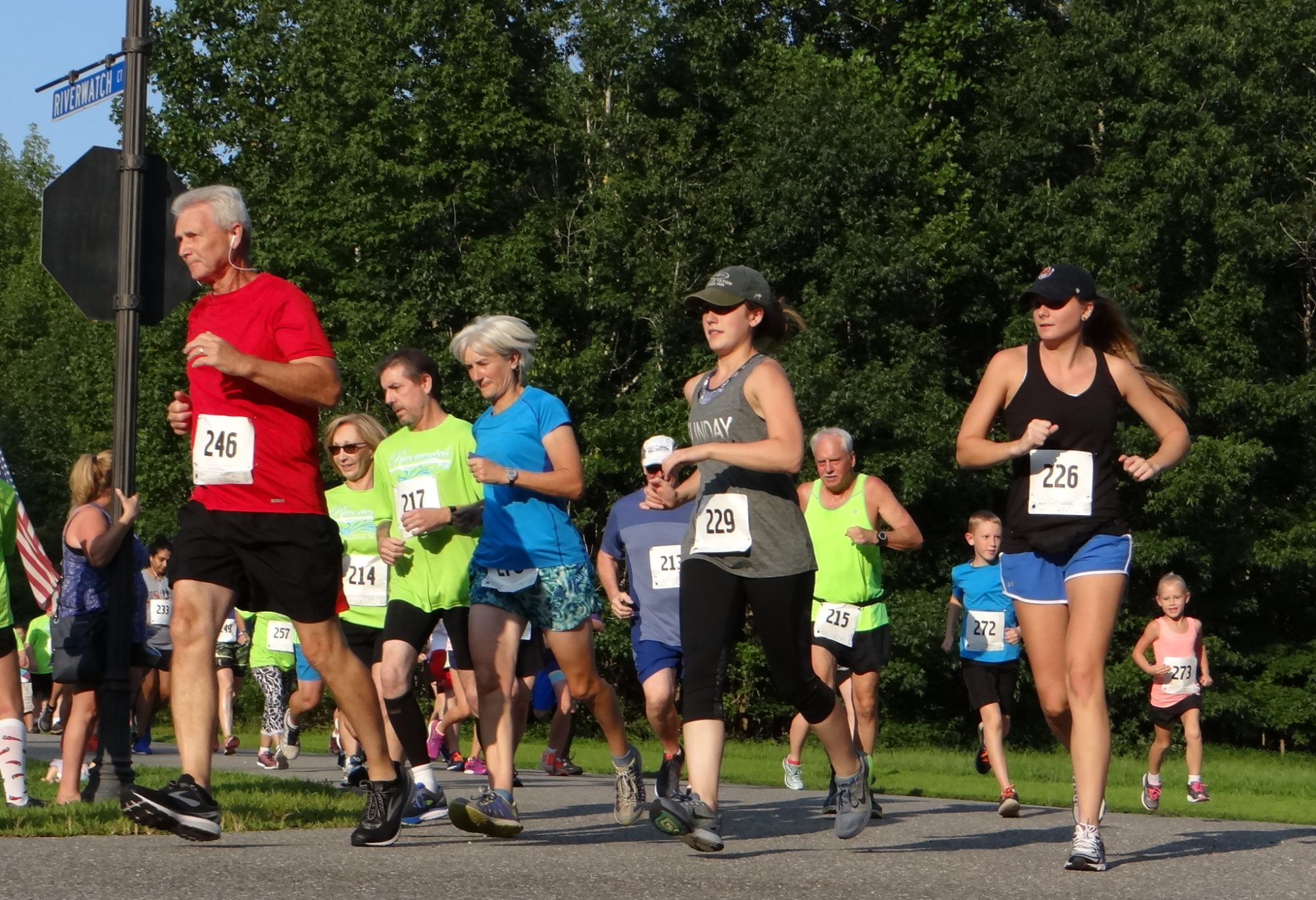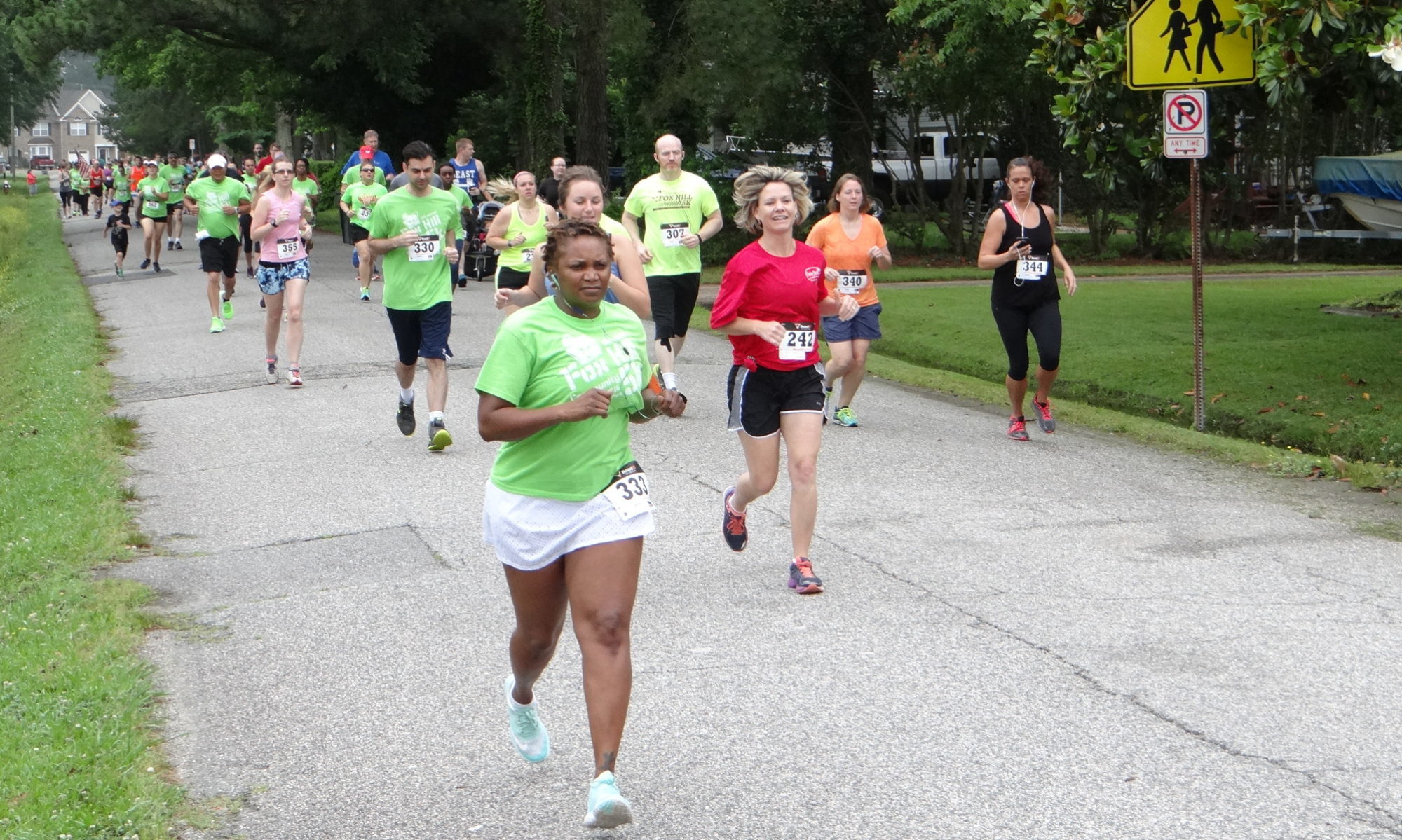So, You Want to Put On a ROAD RACE?
Planning, managing and executing a successful road race is a very complex undertaking. It involves considerable planning, coordination, communication, and a team of very responsible people. This guide outlines some helpful hints for race directors, race coordinators, volunteers, and runners.
- Allow for one full year of preparation.
- Seek advice from experienced people.
- Obtain expert help by working through a local running club; ask for a representative from one of the local clubs to be the race coordinator: Peninsula Track Club, Colonial Road Runners, Tidewater Striders.
- Carefully review annual running schedules and calendars. Be careful not to conflict with well-established races or events, e.g., parades or festivals.
- Be familiar with the area’s weather history and norms.
- Consider a one-mile fun run for children or an unscored family event such as a 5K walk.
TIP #1
Contact your local running club to volunteer for a few races so you can experience the full range and scope of activities, tasks and roles involved in a race, including timing and producing race results. Learn how to measure and/or certify course distances.
THE RACE DIRECTOR
This person is ultimately responsible for everything. The race director knows what to do and how to do it. He/she also knows that there are no excuses, no rationalizations, and no good reasons why everything is not done right and well.
Some of the key race director duties are:
- Select a competent and experienced group to manage the race and produce accurate race results.
- Understand and incorporate sound safety precautions.
- Secure sponsorships (cash donations, door prizes, awards). Lack of sponsors reduces financial profits for your club, charity, etc.
- Ensure race is announced in road running schedules, club newsletters, athletic stores, and local newspapers about six months to one year ahead of time.
- Recommend the course and work with the running club to measure the course (and certify, if desired). Ensures that mile markers and directional signs are accurate and clearly visible on race day.
- Arrange for media coverage for race.
- Secure medical assistance to be on standby during the race.
- Ensure timers, course marshals, traffic control, and water stations are on the course.
- Secure adequate number of volunteers for registration, course management, and other race-day events.
- Arrange for refreshments: juice, water, soft drinks, sports drink, fruit, bagels, yogurt, etc., for all runners and volunteers.
- Approve design and fabric of race shirt (name and year of race clearly marked, major sponsors highlighted, running club acknowledged, colors, etc.)
- Work with a T-shirt designer and screen printer for quantity and sizes. Prepare the flyers and announcements, which should be issued at least three months before the race date. (Sample flyer/announcement on next page.) Seek advice from a good running club before printing.
THE RACE COORDINATOR
The race coordinator is the representative of the running club who will assist you with planning and conducting your event. This person will become your “helper” before, during, and after the race. The start/finish line and timely and accurate race results are of primary concern for the race coordinator.
Some of responsibilities of the race coordinator include:
- Assist in developing a schedule for your race.
- Provide some general financial planning.
- Review and measure the course.
- Provide additional safety advice for you to consider.
- Make recommendations for race flyers, T-shirts, children’s fun run, awards, refreshments, etc.
The race coordinator can be your key advisor and contact with the running club—use this person wisely, listen carefully, and keep in constant contact. The success of your hard work depends on a close relationship with the race coordinator and the running club.
TIP #2
When choosing race shirts, consider selecting tank tops or short-sleeve tees for summer/spring races and long-sleeve tees for fall/winter races. Also, consider women’s style shirts and youth sizes.
VOLUNTEERS
Volunteers form the backbone of any race event. They will:
- Staff the registration table to:
- Greet runners and distribute preregistration race packages,
- Accept race day registration forms and funds,
- Ensure name, age group, and gender are ready for input into computer,
- Give runners an initial favorable impression of the event.
- Direct the runners on the course where changes of direction occur and provide traffic control.
- Call out the time at each mile marker.
- Hand out water or sports drink to runners at predetermined intervals (every 1.5 to 2 miles) during the race.
- Manage the finish line to provide accurate times, assist finishers, and produce accurate race results for announcement at the awards ceremony.
TIP #3
It’s worth paying a running club for assistance in planning and coordinating the event, managing the finish chute, and tabulating the results. Cost for this service is generally $1.00 to $2.00 per runner.
RUNNERS
Runners are the customers! The better they are treated, the more of them you’ll see on race day, the more successful your event will be, the more likely they will return each year, and the more they will share their good experience with others.
- Courteously request each runner to sign the liability waiver on the race flyer/application.
- On race day or at the packet pickup, ensure that friendly, helpful volunteers greet each entrant with the smile and a wish for a “Good Run.”
- Clean restrooms or portable toilets should be available near the registration and start/finish areas for runners.
- Runners need plenty of fluids before, during, and after a race. Ensure that water or sports drinks are available at the registration or packet pickup areas, on the course (in prefilled cups), and at the finish area.
- Provide enough refreshments for double the number of runners that you expect. Runners are hungry people!
- Runners enjoy and remember well-organized and managed events, a good course, and a fun social after the race. They will be back in future years and probably bring a few friends.
TIP #4
The safety of each runner and volunteer is a top priority.
AWARDS AND DOOR PRIZES
Choose among trophies, medals, plaques, unique bowls, wood carving, art sculptures, ribbons and certificates. Awards should include race name, date, distance, age group and gender.
Solicit doors prizes for gift certicates, sports paraphernalia and passes to local parks, events, or fitness center.
TIP #5
A cash donation of $250 per sponsor is the norm. Solicit businesses for door prizes as sponsorship. Be sure to obtain each sponsor’s logo for the race announcement and T-shirt. Their donation should be acknowledged at the race and on racing T-shirt. The more sponsors you have, the more your cause will benefit.
RACE DAY CHECKLIST
✓ Tables for registration
✓ Tables for computer support; indoor facility for computer in event of inclement weather
✓ Finish chute (stands, flags)
✓ Time clock
✓ Tables for refreshments
✓ Table for awards
✓ Plenty of advance time for instructions to volunteers
✓ Conduct children’s fun run 30 minutes prior to race start
✓ Public address system
✓ Starting gun/horn
✓ Instructions to runners
✓ A good bicyclist to lead runners along the course from start to finish. Please ensure that bicyclist knows the course well and stays well in front of the lead runner (but clearly in view).
✓ Marshals to control traffic
✓ Brightly colored cones or well-marked signs to mark race course
✓ Stop watches for timers at each mile markers
✓ Medical aid stations
✓ Volunteers to congratulate runners on their performance
TIP #6
Have volunteers “pre-fill” the cups at water stations before handing out to runners.
LOOSE ENDS
- Thank all volunteers—with a race shirt if appropriate.
- Thank all sponsors in writing.
- Thank local government or military base personnel in writing
- Send results to local newspaper and thank press coverage in writing.
- Submit results to local running club newsletter.
- Document the entire process for the next year.
- Kick back and relax–you’ve done an excellent job!



